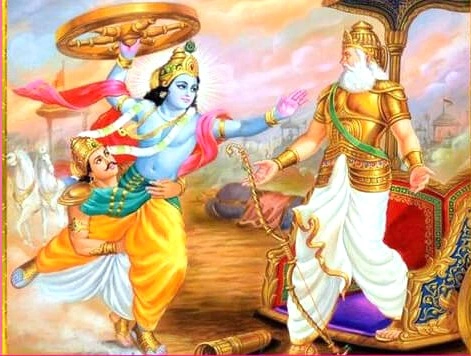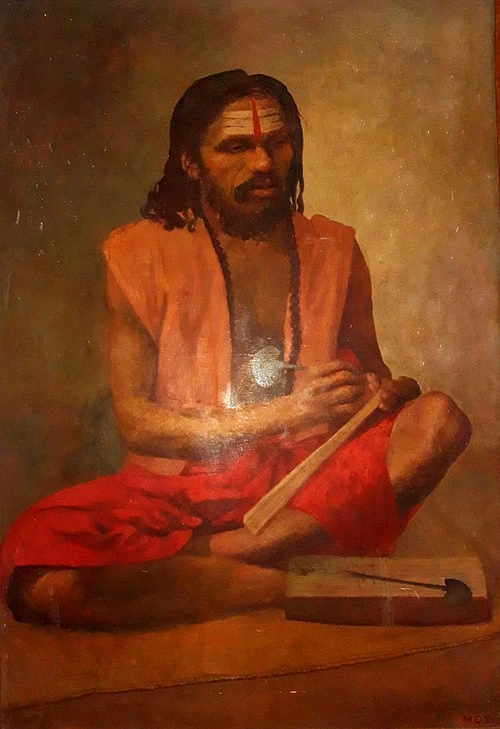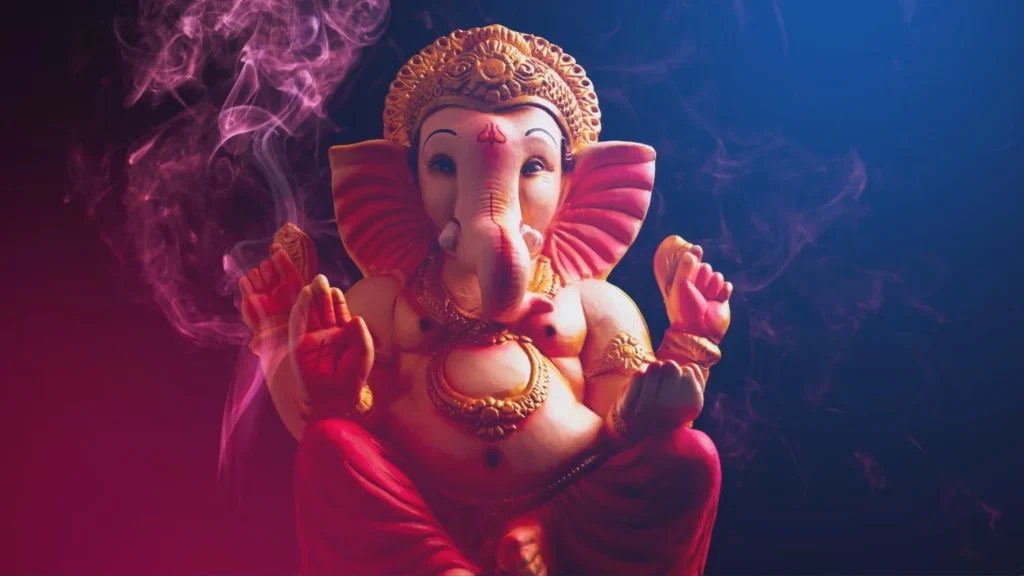
Table of Contents
In a land where storytelling runs deep through temple chants and village songs, the Odia Mahabharat holds a special place in the hearts of Odishans. More than just a retelling of the Sanskrit Mahabharat, this literary masterpiece—authored by the 15th-century poet Sarala Das—is a profound cultural expression that blends mythology with the history and geography of its time.
Whether you are a literature lover, a history enthusiast, or simply curious about India’s regional epics, the Odia Mahabharat offers a rich and compelling journey.
What Makes Odia Mahabharat Unique?
Unlike Vyasa’s Sanskrit Mahabharat, the Sarala Mahabharat is deeply rooted in the social, cultural, and political fabric of 15th-century Odisha. Sarala Das, a revered poet and social reformer, took creative liberties to adapt the epic into the Odia language, making it more accessible to the masses.
But he did more than translate. He contextualized the characters and settings, reflecting the realities of his own time—something that makes this version of the Mahabharat so uniquely local and vivid.
Sarala Das – The Man Behind the Epic

Sarala Das was not only a literary genius but also a visionary. Living during the reign of Gajapati Kapilendra Dev and Purusottam Dev, he witnessed a dynamic period in Odisha’s history. His Mahabharat carries references to contemporary political leaders, military campaigns, and regional tensions.
Though untrained in classical Sanskrit, Sarala Das infused his Odia verses with profound poetic imagination. His genius lay in simplifying complex philosophical concepts while preserving the spiritual depth of the original Mahabharat.
The Power of Regionalization in Literature
Sarala Das wrote in a language the people understood—Odia. His goal was not just to educate, but also to empower. By using familiar names, real places, and local dialects, he made the epic relatable.
For instance, locations like Udayagiri, Vijayanagar, and Jajpur are interwoven into the storyline. Rivers like Mahanadi, Ratnachira, and Baitarani feature prominently, placing the narrative firmly in the geography of Odisha.
A Chronicle of Odisha’s Political History
Through the lens of the Mahabharat, Sarala Das skillfully documented major political events of his era. For instance, the conflict between Odisha’s Gajapati rulers and the Vijayanagar Empire, the Kanchi-Kaveri War, and kingdom expansions under Kapilendra Dev are all reflected subtly (and sometimes overtly) in his verses.
Moreover, in the Sabha Parva and Banaparva, one finds references to real kings, dynasties, and even battlefield strategies. As a result, Sarala Mahabharat emerges as more than mythology—indeed, it is a historical archive in poetic form.Geography Through the Eyes of a Poet
Although Sarala Das was not a trained geographer, his poetic imagination provides surprisingly accurate details about the geography of India. He names rivers, kingdoms, hills, and cities that mirror the topographical reality of the pre-Mughal era.
Some examples include:
- Gunjar (Kalinjar)
- Khira (Matsya)
- Kamakshi (Assam)
- Bellabalipur (Mecca, interpreted locally)
Sarala Mahabharat as a Literary Treasure
Sarala Das infused the Mahabharat with devotional elements reflecting the dominance of Jagannath worship in Odisha. At the same time, he included fictional rivers, mountains, and cities that conveyed symbolic meanings.
Despite containing fantastical elements, Sarala Mahabharat remains a powerful reflection of Odia ethos—its struggles, triumphs, and spiritual beliefs.
Odia Mahabharat FAQs
1. Who wrote the Odia Mahabharat?
The Odia Mahabharat was written by Sarala Das, a 15th-century poet known as the “Adikabi” or first poet of Odia literature.
2. What makes Sarala Das's Mahabharat different from Vyasa's Mahabharat?
Sarala’s version localizes the Mahabharat to Odisha, blending it with historical events, cultural nuances, and regional geography.
3. Is the Odia Mahabharat available in modern translations?
Yes, several modern translations and interpretations of the Sarala Mahabharat exist, especially in Odia and English academic circles.
4. What is the historical importance of Sarala Mahabharat?
It serves as a literary lens to understand the medieval history of Odisha, its rulers, and socio-political conditions.
5. Why is Sarala Das called the 'Adikabi' of Odia literature?
As a literary trailblazer, Sarala Das pioneered the use of the Odia language for major literary works, especially epics like the Mahabharat. Consequently, he earned the title of Adikabi or “first poet”.
The Living Legacy of Odia Mahabharat
The Odia Mahabharat is not just an epic—it’s a cultural cornerstone, a mirror to Odisha’s golden past, and a proud testament to the power of language in shaping identity. Sarala Das’s vision helped ordinary people connect with divine narratives in their own tongue, making the Mahabharat not just Vyasa’s, but theirs.
It’s time we celebrate this rare literary gem not just as a regional marvel, but as a national treasure.
Are you curious to explore Odisha’s literary and cultural richness?
Then, start with Sarala Mahabharat—whether you read it in Odia or English, you will dive into an epic that’s deeply Indian and distinctly Odia.


